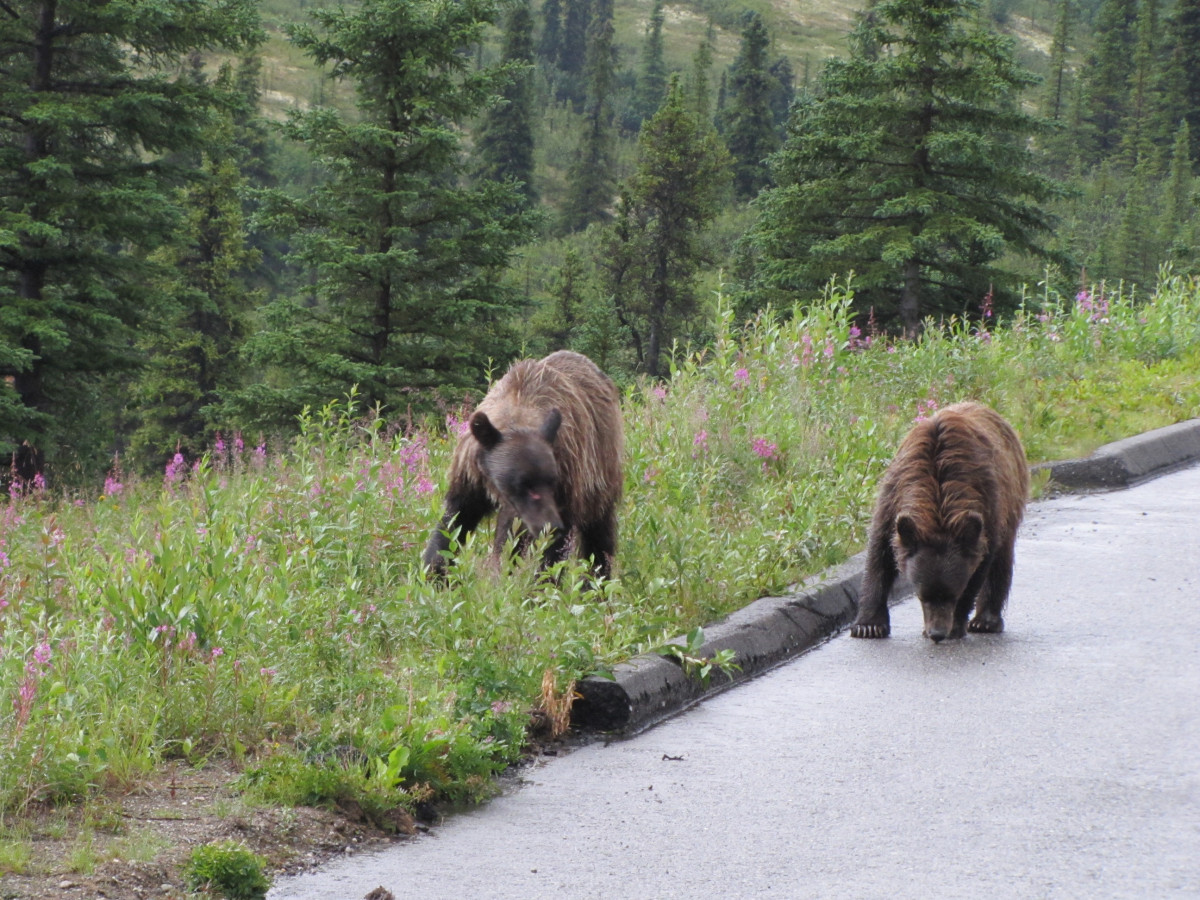You know that dreamy image of camping—crackling fire, starlit sky, s’mores in hand? Yeah, nature had other plans. These days, more and more campers are waking up not to birdsong, but to a bear sniffing their tent flap. Turns out, as we’ve been spilling into national parks in record numbers, the wildlife is… noticing. And they’re getting bolder, sneakier, and a lot less shy about crashing your campsite like it’s an open buffet.
From grizzlies rummaging through coolers to raccoons forming full-blown street gangs, it’s clear the line between “wildlife” and “uninvited dinner guest” is starting to blur. These 13 U.S. parks aren’t just postcard pretty—they’re also where nature is quietly plotting to share your granola bars. So zip up that tent, hang your food high, and maybe sleep with one ear open. Because the call of the wild? It’s now coming from right outside your sleeping bag.
1. Glacier National Park, Montana
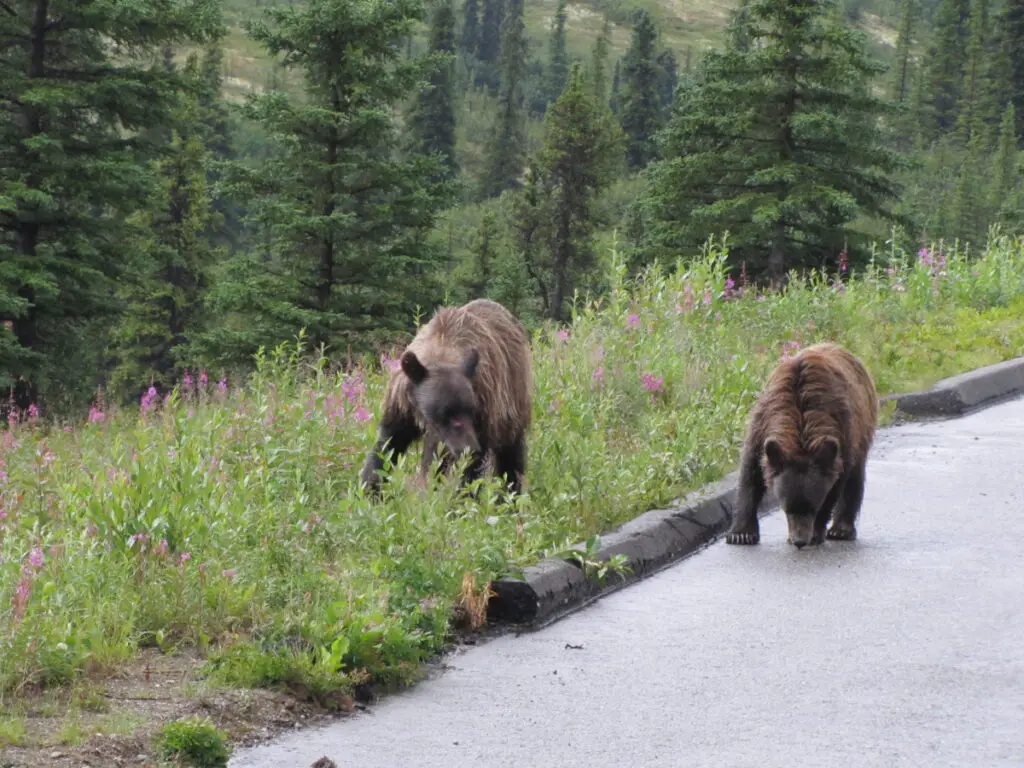
Glacier’s rugged peaks and icy lakes are straight out of a postcard—but so are the grizzlies, and they’re not shy anymore. With more hikers and backcountry campers heading off-trail, bear encounters have been steadily rising. The park is prime grizzly territory, and food conditioning is making some of them a little too interested in what’s inside your backpack. In fact, a 2023 close call involving a grizzly sniffing around a tent got serious enough to trigger an area closure.
Visitors are urged to carry bear spray, make noise on the trail, and—please—we beg you, stop storing snacks in your sleeping bag. The rise in bold bear behavior isn’t just anecdotal; it’s backed by research into habitat pressure and climate-driven food scarcity. According to The Sun, grizzlies are expanding their territory and coming closer to humans in search of calories. Translation: if you’re camping in Glacier, you’re also in a bear’s dining room. And he didn’t RSVP. Pack smart, stay alert, and never assume a quiet trail means you’re alone.
2. Great Smoky Mountains National Park, Tennessee/North Carolina
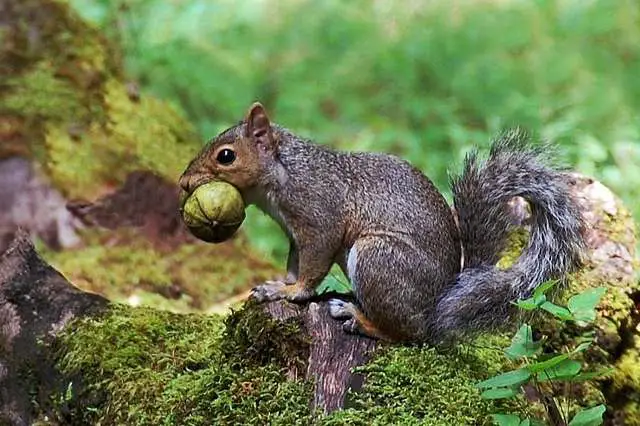
You might come for the misty mountain magic—but stick around long enough and you might catch a black bear eyeing your granola bars. Great Smoky Mountains National Park has one of the densest black bear populations in the country, and encounters have been trending upward. Thanks to record visitation and improperly stored food, bears are becoming way too chill around people. They’re rifling through backpacks, climbing onto porches, and in some cases, straight-up entering tents.
Unlike their grizzly cousins, black bears tend to be more curious than aggressive—but they’re still 300 pounds of muscle and teeth. Park rangers have issued repeated warnings, especially in the Cades Cove and Elkmont areas, where bears have been spotted just feet from campers. A recent update from BPR.org reported a sharp uptick in bear incidents, particularly in peak camping season. The takeaway? Don’t treat them like oversized raccoons. Stay bear-aware and keep your campsite cleaner than a hotel room after checkout. Otherwise, Smoky may live up to his name—and smoke you for trail mix.
3. Yosemite National Park, California
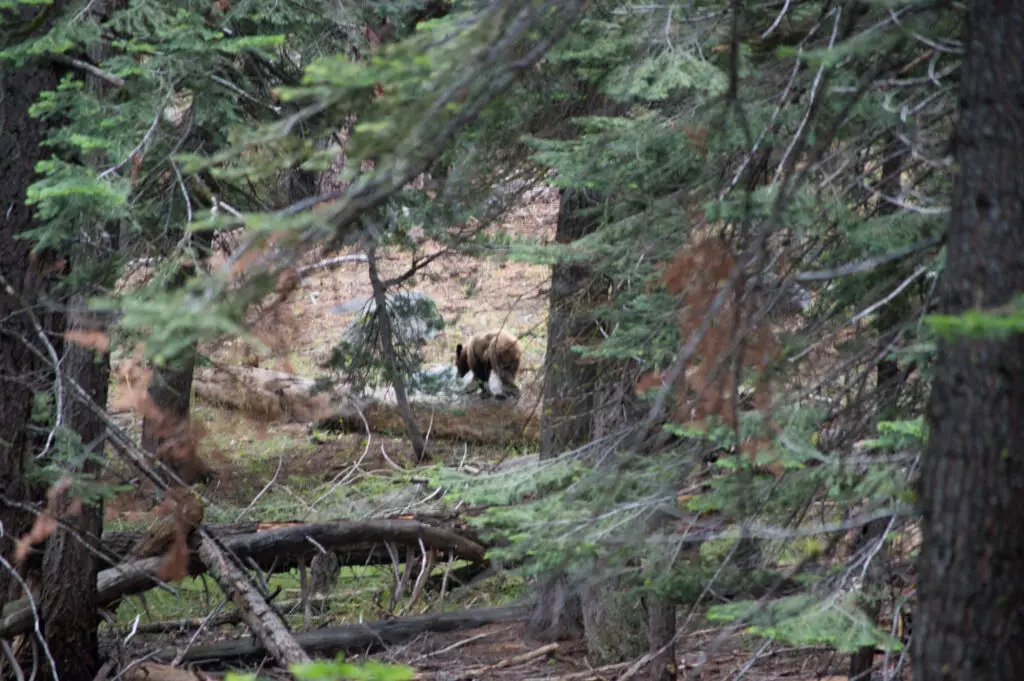
Yosemite is one of those bucket-list parks where the views will literally make you cry. But lately, some campers are crying for a different reason: surprise mountain lions and increasingly bold black bears. As visitors flood Yosemite Valley and its surrounding wilderness, wildlife is losing its fear of humans—and that’s not a good thing. There’s been a marked increase in reports of bears breaking into cars, scavenging campsites, and generally acting like they own the place (which, to be fair, they kinda do).
And it’s not just bears. Mountain lion sightings near high-traffic hiking areas have also ticked up, reminding everyone that those silent cats can stalk humans—even if they usually don’t. The National Park Service warns visitors not to hike alone at dawn or dusk, when predators are most active. According to NPS.gov, rangers are dealing with an unprecedented surge in human-wildlife conflict in Yosemite. The combo of drought, fire displacement, and bad camping etiquette is basically turning your weekend getaway into a wildlife buffet. So yeah—snap your scenic selfies, but maybe don’t trail peanut butter scents through your tent.
4. Grand Teton National Park, Wyoming
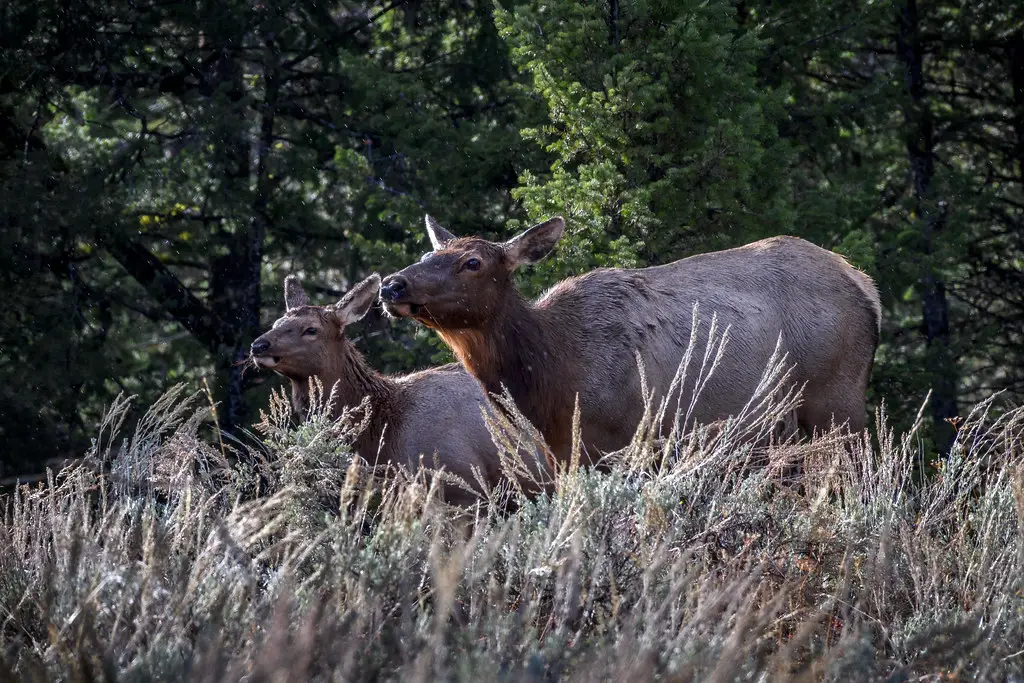
If you’re camping in Grand Teton and think you’re alone in the wilderness, think again. Grizzlies, moose, and even wolves are roaming closer to campsites—and sometimes straight through them. Rangers are increasingly dealing with “food-seeking behavior” in bears, where animals associate tents and coolers with snacks. And no, the bear doesn’t care that your trail mix is organic.
Some backcountry campsites have been temporarily closed due to aggressive wildlife interactions, including one terrifying incident where a bear charged a hiker prepping dinner. Part of the issue? Climate shifts are altering animal behavior and food availability, making bears bolder and more mobile. According to People, bear-related incidents in the park have doubled over the past five years. Even experienced campers are getting caught off guard. So while the Tetons might look like a peaceful postcard, they’ve got real “don’t-poke-the-bear” energy. Bring bear spray, hang your food, and don’t cook bacon in your tent unless you want to meet your furry neighbors up close.
5. Shenandoah National Park, Virginia

Tucked in the Blue Ridge Mountains, Shenandoah is an East Coast favorite for hiking, leaf-peeping, and—unfortunately—close calls with black bears and coyotes. Increased tourism and expanding wildlife populations mean the animals here are adapting… and not in a “stay hidden” kind of way. Reports of bears following hikers, swiping unattended packs, and getting way too close to picnic areas have all risen.
Coyotes have also been spotted near campsites, sometimes traveling in small packs and acting unusually bold. Rangers have started issuing more bear-proof storage boxes and are warning campers not to underestimate the smaller predators, either. What’s driving the uptick? More people = more trash, and more trash = more opportunistic wildlife. According to Campbrood, Shenandoah’s wildlife is shifting to a more “urban scavenger” mentality. That means they’re not scared of your citronella candle or your clapping. You are now part of the food chain. Act accordingly.
6. Yellowstone National Park, Wyoming/Montana/Idaho

Yellowstone isn’t just the first national park—it’s also the unofficial capital of “don’t get too close.” Bison roam the roads like they’re in a parade, wolves prowl the valleys, and grizzlies? Yeah, they’re definitely lurking. Campers are finding themselves face-to-face with big wildlife more often than ever. That’s because human visitation is sky-high, and animals are adapting.
Bear jams (traffic caused by bear sightings) are so common they might as well be on the map. And while bison look slow and gentle, they’ve sent more than a few tourists flying through the air. Add in some food-scented gear at your campsite, and you’ve got yourself a recipe for a surprise visit. Park officials stress that Yellowstone isn’t a zoo—it’s wild, and the animals are very much in charge. Don’t be the person who learns that lesson the hard way. Trust us: that bear doesn’t care how cool your hammock setup looks.
7. Rocky Mountain National Park, Colorado
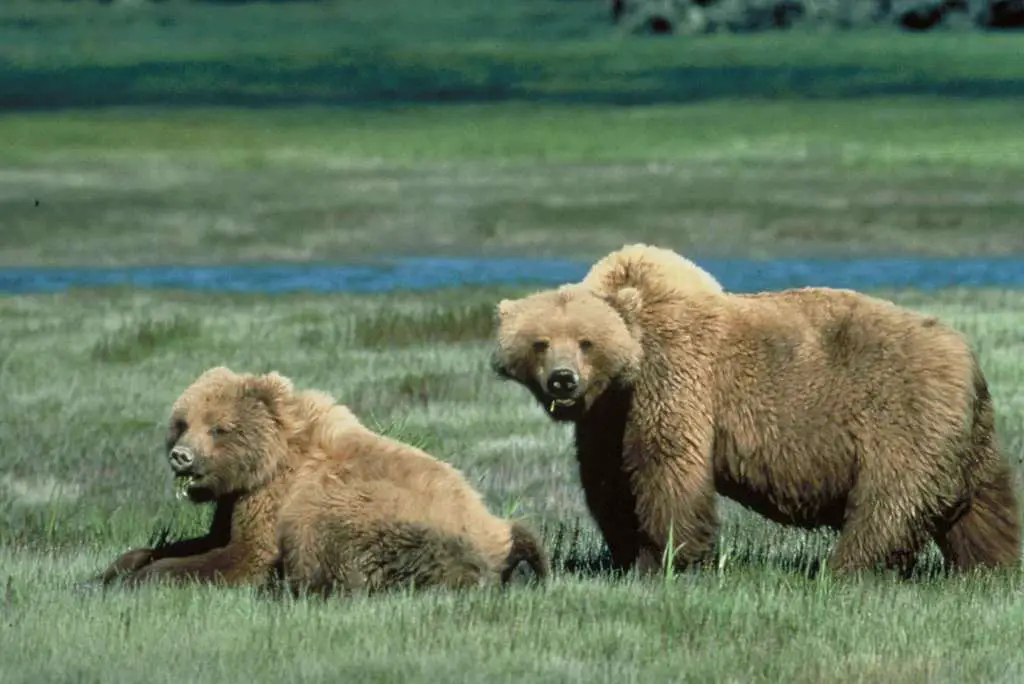
Rocky Mountain National Park brings the drama—craggy peaks, alpine lakes, and a surprising number of wildlife that now hang out way too close to your campsite. Elk stroll through campgrounds like entitled mountain royalty, and black bears have started treating trailheads like vending machines. As the human-wildlife boundary continues to blur, so do the rules animals used to follow.
There’s been a rise in night-time bear raids, where curious (and hungry) bears explore campsites while visitors sleep. Some even target cars with coolers inside, popping doors open like it’s no big deal. Mule deer, moose, and mountain lions are also showing up closer to popular hiking trails, drawn by food scraps and rising temperatures. Rangers have responded by tightening backcountry regulations and urging visitors to pack out everything. Still, it’s a game of cat and mouse—except the “mouse” has claws. Even the chipmunks here seem bolder, like they know they’ve got backup. Camp smart, or you might find yourself caught in the middle of Rocky’s new food chain.
8. Big Bend National Park, Texas
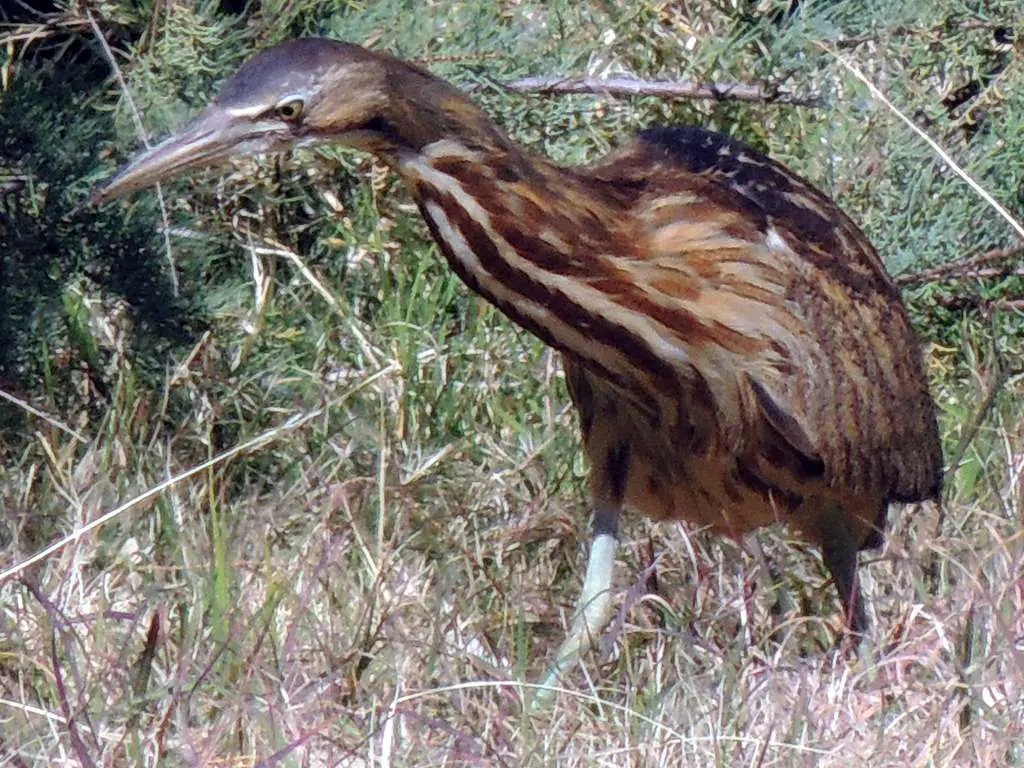
Big Bend’s remote desert beauty comes with some serious edge. It’s one of the least visited national parks—which is probably a good thing, considering the mountain lions and black bears that roam its canyons and mesas. Over the last decade, park staff have noted an uptick in aggressive or bold animal behavior. Lions have been spotted stalking trails and even approaching tents after dark.
And bears? They’re back after nearly disappearing from the area in the early 1900s—and they’re not shy. With fewer visitors to scare them off, animals here are more confident about investigating campsites and trailheads. Some backcountry campers have reported feeling “watched” while setting up camp, only to discover fresh paw prints in the morning. Park officials recommend cooking at least 100 yards from where you sleep—if that doesn’t scream survival movie, we don’t know what does. Big Bend may be quiet, but nature here doesn’t whisper—it stalks.
9. Olympic National Park, Washington
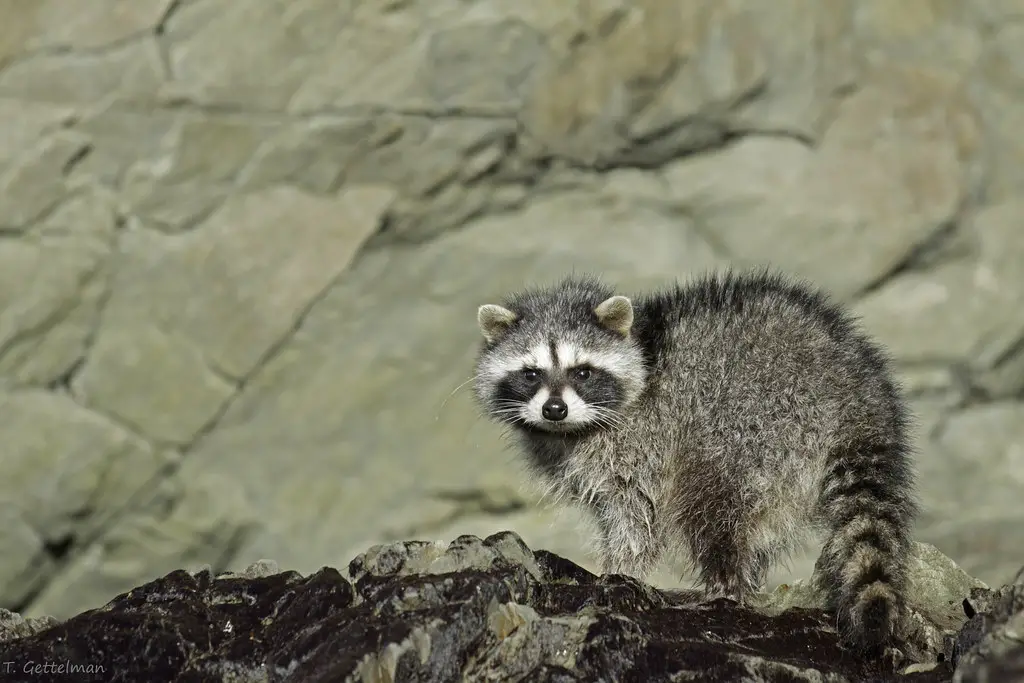
Olympic is a wild, moody masterpiece—rainforests, mountains, beaches… and a surprising number of animals creeping a little too close for comfort. Black bears are common, especially in the backcountry, and they’ve started targeting improperly stored food with alarming precision. But the real plot twist? Goats.
Yeah, mountain goats in Olympic have been known to get aggressive with hikers, especially during salt-hunting season (a.k.a. when they want your sweat). In one tragic case, a goat even fatally gored a man—proving that even herbivores can be deadly. Coyotes and bobcats have also been spotted near campsites, especially those left messy or food-scented. Rangers are urging campers to treat the park’s wildlife with serious caution, even if it looks fluffy. Between the goats with attitude and bears with curiosity, Olympic isn’t just scenic—it’s strategic. Respect it, or get chased down by a salt-craving goat.
10. Everglades National Park, Florida
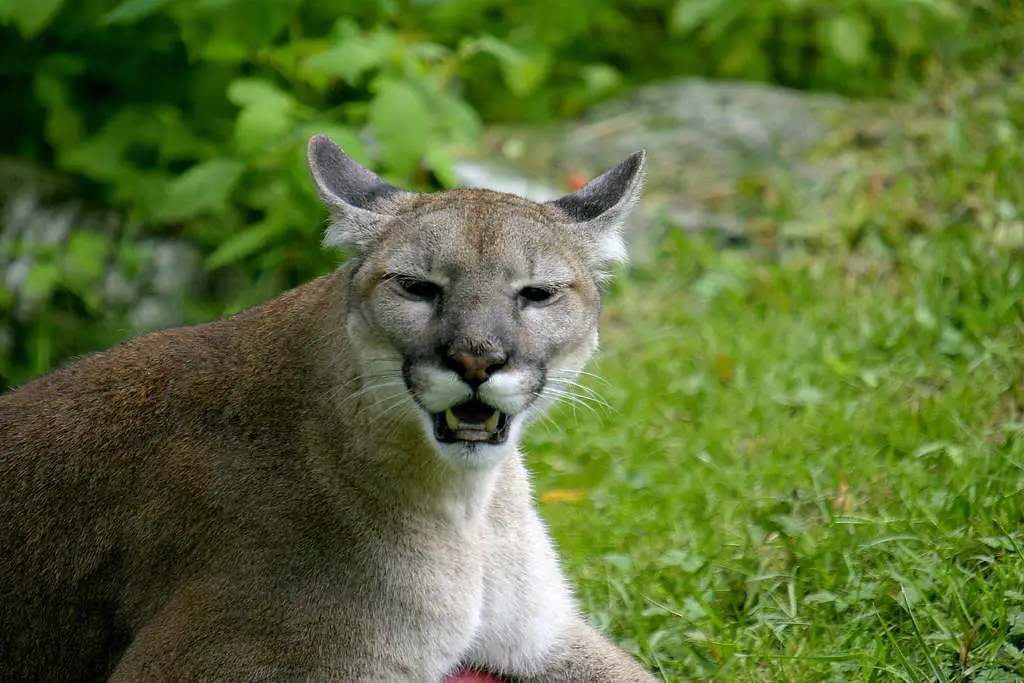
The Everglades is like nature’s fever dream: airboats, gators, and humidity you can taste. But as sea levels rise and habitats shrink, more and more of the region’s notorious wildlife is pushing into human spaces. Alligators? Everywhere. Pythons? Increasingly common and alarmingly big.
Campers in the Everglades now need to watch for invasive species as much as native ones, and animals that once avoided human areas are now poking around campsites looking for snacks. Some snakes have even been found slithering into tents, drawn by body heat or curiosity. And yes, gators have been known to wander across trails and into parking lots. This isn’t your average campsite—it’s more like Jurassic Park without the fences. If you’re sleeping under the stars here, you might want to zip that tent real tight and sleep with one eye open. Nature here crawls, slithers, and sometimes hisses.
11. Grand Canyon National Park, Arizona
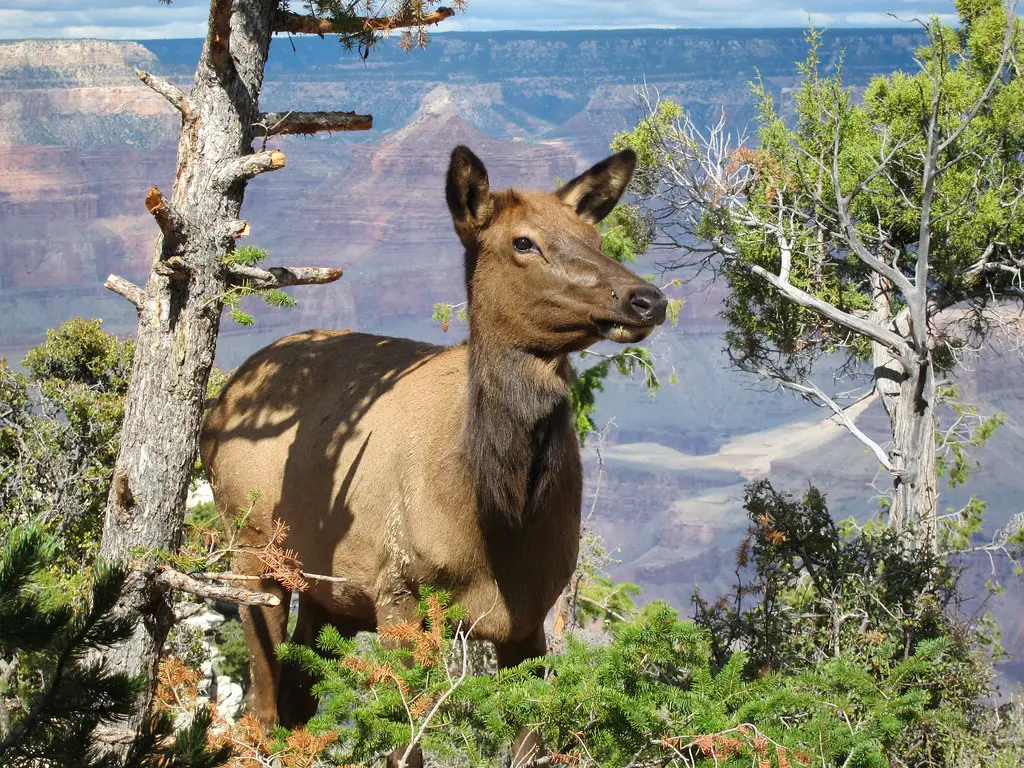
The Grand Canyon may not seem like prime wildlife territory, but don’t let the dusty cliffs fool you—critters here are getting bolder. Rock squirrels (yes, squirrels) are actually the most dangerous animals in the park thanks to their aggressive food-snatching and rabies risk. But lately, bigger threats have been creeping in.
Mountain lions are rarely seen but increasingly caught on trail cameras, and hikers have reported feeling “followed” in remote areas. Ringtail cats, coyotes, and even bobcats are getting more comfortable rifling through backpacks or sneaking around campgrounds at night. Tourists often make the mistake of thinking the canyon is too open or harsh for wildlife, but the animals love the hidden pockets and shaded ledges. Add in the occasional rattlesnake and you’ve got a real desert roulette going on. The Grand Canyon isn’t just about epic views—it’s about keeping your trail mix far, far away from anything with fangs.
12. Acadia National Park, Maine
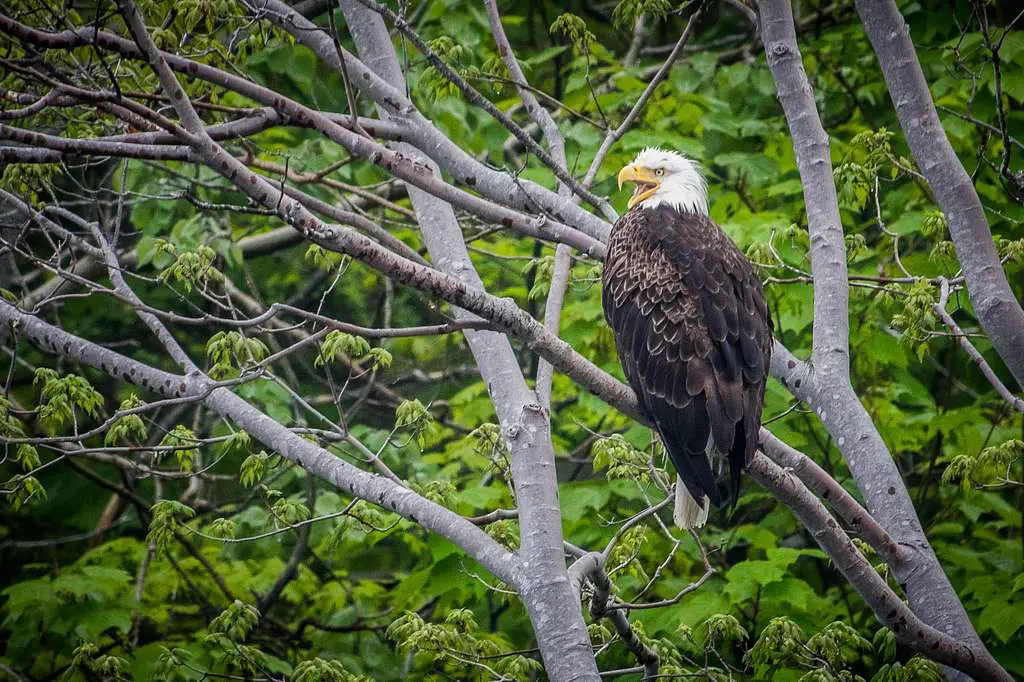
Tucked into the rocky coast of Maine, Acadia is known for its crashing waves and cozy campgrounds—but wildlife here is acting a little too familiar these days. Black bears have been spotted closer to coastal campsites, drawn by the scent of grilled lobster rolls (probably). And with rising visitor numbers, foxes, raccoons, and coyotes have gotten bold enough to skulk around picnic tables in broad daylight.
Hikers have reported losing sandwiches to gulls, having tents gnawed on by curious animals, and waking up to the sound of raccoons dragging cookware across the ground. While nothing in Acadia screams “apex predator,” the sheer volume of opportunistic animals makes it feel like you’re being watched—by everything. Rangers have started cracking down on food storage violations, but old habits die hard. If you’re camping here, think less “adorable woodland critters” and more “coastal raccoon mafia.” They’re organized. And they’re hungry.
13. Zion National Park, Utah
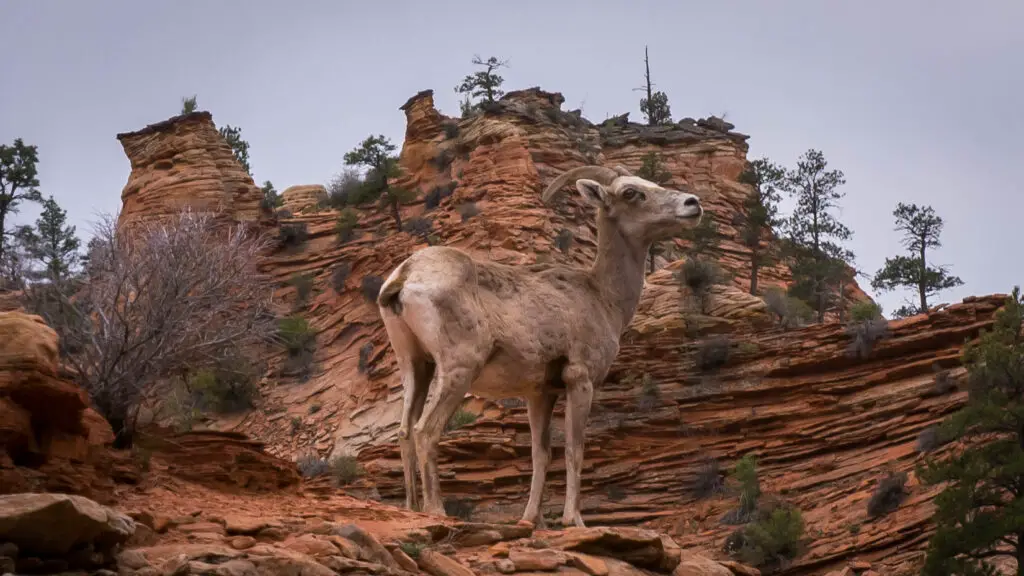
Zion is a sandstone playground for climbers and hikers—but in recent years, its wild residents have been crashing the party. Cougars have been spotted closer to trails, especially at dusk, and some campers have woken up to find paw prints circling their tents. Foxes and coyotes are now regulars near campgrounds, snooping around trash bins like it’s their personal buffet.
Even wild turkeys have started getting weirdly territorial, chasing hikers like feathered bouncers. With more people flooding Zion each year, animals are figuring out that humans = food, or at least interesting smells. Rangers are on high alert for food conditioning and potential predator behavior. Campers are reminded not to feed wildlife, not even the “cute ones,” because the cute ones turn. In Zion, you’re either the camper with secure food storage—or the one who ends up on a viral TikTok titled “When a cougar visits your tent.” Choose wisely.
Let me know if you want this turned into a printable “Camping Risk Index”—complete with danger ratings and snack-theft probability scores.

